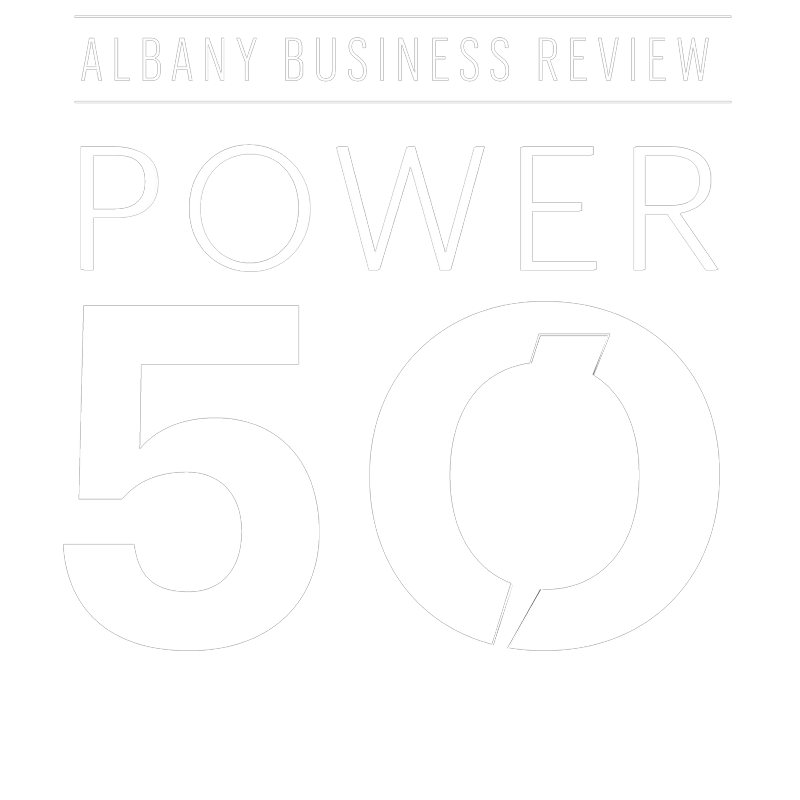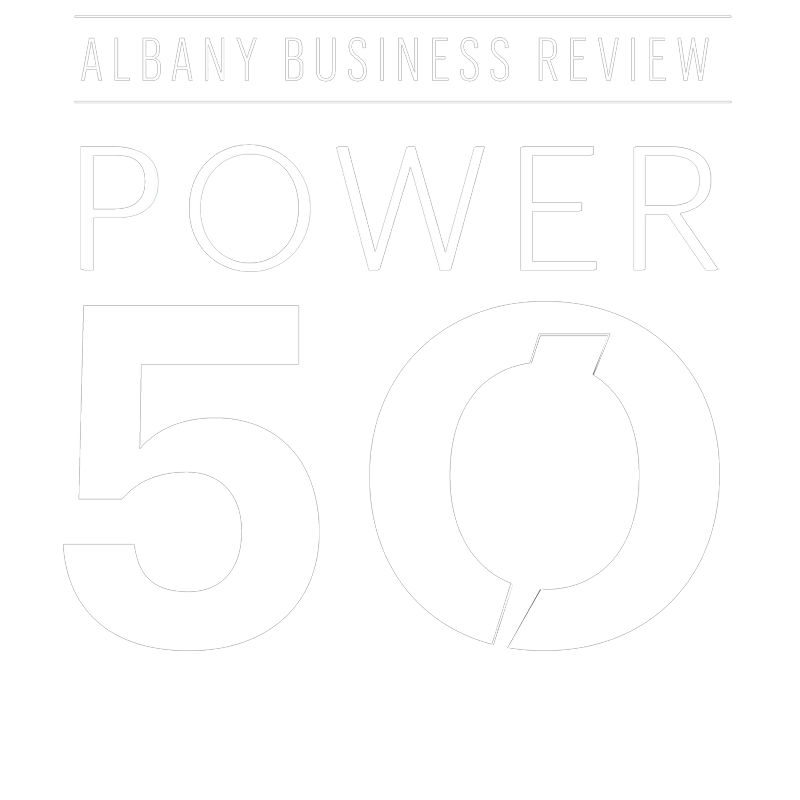Everybody seems to be talking about the candidate experience, but what about the employee lifecycle? The employee lifecycle includes everything from attraction to exit and if you’re not giving necessary attention to each of these (7) components, you could be limiting your growth potential.
The employee lifecycle is broken down into 7 stages:
Attraction
Recruitment
Onboarding
Professional Development
Retention
Exit
Advocacy
Attraction. Are you placing enough focus on attracting top-qualified candidates to fill your open roles? Similar to attracting a consumer to purchase your product, you must encourage potential employees to choose your organization amongst your competitors. What type of environment does your organization portray? Qualified candidates perform diligent research through websites, social media platforms, and even reviews prior to application – “show time!”
Recruitment. An important metric that should be actively tracked during the recruitment process is “time-to-hire”. Time-to-hire is the number of days from application to acceptance of a job offer – the average is 36 days. A longer-than-average time-to-hire could signal inefficiencies in your recruiting process. Recruitment includes resume review > candidate communication > interview(s) > consideration > offer > acceptance. A lengthy process consolidated into 36 days requires expeditious attention and consistency.
Onboarding. Employee onboarding includes the induction of the employee to your organization – learning every ebb and flow between operations and team members. Proper acclimation is crucial to maintain enthusiasm and promote productivity. What is your training process like? Training should be methodical and effective. A great idea to help new employees adjust to company culture is etiquette training. This will give the employee an opportunity to learn what is considered “appropriate” behavior within the organization.
Professional Development. What opportunities do you offer for professional development – i.e., cross-training, education reimbursement, coaching, performance reviews, etc. Even the happiest employees will seek alternate employment if they are not offered opportunities for growth – trust us!
Retention. Once you have an employee onboard – how do you keep them on board? What makes an employee feel valued is subjective, so we suggest simply asking them. There are an endless amount of retention strategies including pay, benefits, flexibility, and company culture. You may consider customizing strategies depending on employee requests which will grant you their loyalty in return.
Exit. Whether an employee retires from your company or leaves voluntarily for a different opportunity, conducting an exit interview can give you insight into the employee experience within your organization. An exit interview helps you identify the right actions you’ve taken to retain your top performers and drive improvement across the employee lifecycle.
Advocacy. Last, but certainly not least. Did you know that 45% of referral hires stay longer than four years, compared to only 25% of job board hires? Regardless of the reason an employee concludes employment, they will continue to have real-life conversations about your organization (can be good or bad). What a previous employee says about their experience working for you is gold. We unfortunately live in a world of rapidly spreading media and cancel culture so tread lightly.
For further assistance in your job search or your search for qualified candidates please call (518) 275-4816.


